Courtesy of the archives of Graham Robson
The comic-strip definition of a tycoon is of someone who swishes around in a huge stretch limo, smoking huge cigars, and doing shady financial deals behind the backs of organized labor. Sir Leonard Lord was not like that, rather, by any standard he was a rough diamond. Often to be seen walking around his factories, his attire dishevelled, his hawk-like face scowling, his manner combative, a hat usually leaning toward the back of his head, and always smoking a cigarette.
Yet as BMC’s chairman he controlled 40 percent of British car production-and was a classic case of the WYSIWYG persona-What You See Is What You Get. He could come across as crude and uncaring. And he was. No one doing business with Len Lord ever got the benefit of the doubt. To receive the rough edge of Lord’s tongue was an experience not to be wished.
People usually reacted to him in the same way. Even after he was knighted, Sir Leonard Lord was still “Len Lord” to his acquaintances. He ran Austin through the 1940s and was BMC’s master in its formative years. It was Len Lord’s vision which recognized the genius of Alec Issigonis’s design for the new Mini.
Leonard Percy Lord was born in Coventry in 1896, was locally educated, started working at Courtaulds (a large textile concern), and did not join the motor industry until 1922. Then at Hotchkiss (soon to become Morris Engines), Lord specialized in production engineering, made sense of the ramshackle facilities, leading Morris to take over the Wolseley car concern in 1927. Lord was then despatched to Birmingham to repeat the trick.
Although he could be charming, for short periods, such moods didn’t last long. Lord never wasted time being nice to people, and if there were niceties to be observed, they were invariably flouted. Callers rarely found Lord at his desk, for he was usually out on the factory floor, dabbling with the design of new cars, invariably setting up instant deals, and galvanizing action from usually sedate personalities.
Those who worked with him or for him fell into two categories. Either they idolized him, sweated blood for him, and glowed in the promotions which followed, or they left, disillusioned with the tornado surrounding him, the hostility which was never hidden away, and Lord’s refusal to consider anyone’s feelings.
However, he worked a miracle for William Morris (later Lord Nuffield) at Cowley. Arriving in 1932 to rationalize the business, he found an aging factory, assembly lines needing men to push cars from station to station, and too many models. In three years the place was modernized, and sales more than doubled. Lord’s demand for a big pay raise was then refused, the eruption was inevitable, and Lord stormed out. Two years later Lord Austin hired him to transform the Austin business. A replacement for the Seven was readied in a year, Austin started building trucks, boosted the building of military aircraft and aircraft engines, and laid down a new range of overhead-valve engines.
This was where events leading up to the birth of BMC really took shape. After 1945, Austin was the first to announce post-war cars, early to start selling cars to the USA, and soon became Britain’s largest car maker.
Within five years there was a vast new assembly hall at Longbridge, with new buildings on the way.
Lord ran this empire with an iron hand, and visited the Austin styling studios every day. He was a compulsive designer and knew that he had more engineering and styling skills than those paid to do those jobs. Much of what went into the post-war Austins originated from his office, known as “The Kremlin” at Longbridge.
By the late 1940s he was convinced that Austin could not survive on its own and aimed to absorb the Nuffield Organization. Not surprisingly, Lord Nuffield resisted this, but a merger was inevitable. The British Motor Corporation that resulted was Len Lord’s greatest achievement.
Now, with Britain still making more cars than any other European nation, and with exports booming, Lord was in his element. BMC might have shareholders, but Len Lord rarely considered their interests. He was more interested in building and selling a lot of cars than making big profits, he embraced “badge-engineering,” and unleashed a flood of new models.
Soon Lord reduced BMC’s original quiver of eleven engine families to four, made sure that new Austins and Morrises shared the same body platforms-yet maintained their dealer networks in most territories. Along with smart strategy, he had vision. He was the first British boss to turn to an Italian styling house-Pininfarina —to shape new models for the 1960s.
Not only that, but he also invented the Austin-Healey marque, and gave immediate approval for the Mini when it was first shown to him. This, at the end of a whirlwind career, was his biggest triumph, when he must already have been thinking about retirement. When the time came for BMC to develop a range of new small cars, Lord spurned advice, followed his instincts, and challenged his technical consultant, Alec Issigonis, to develop a bizarre little concept, that of a tiny and boxy ten-foot-long, four-seater saloon, yet using an existing four-cylinder engine which was already in mass-production at Longbridge.
The trick, which surprised almost everyone else, was to place this engine sideways, and to drive the front wheels. All this, along with rubber cone suspension, and all-independent suspension, was so new that there must have been corporate nervousness.
Such innovation and originality wouldn’t have reached production without a forceful top man involved.
Yet Lord never hesitated. On this occasion he had not interfered at the design or the styling stage, and he backed his instincts by authorizing millions of tooling capital. The Mini, and evolutions like the BMC 1100 which followed, underpinned BMC for the next decade, long after Lord had gone.
Although he had already announced his ‘partial retirement’ in 1956 (he was 60 years old), few people believed him, especially his long-suffering deputy George Harriman. Yet it was true enough: five years later Sir Leonard stood down, allowing the smooth, urbane, always-dapper and likeable George Harriman to take over.
The change of atmosphere at BMC was immediate, with many admitting that Longbridge was a quieter and more peaceful place when Len Lord had gone. Sir Leonard stayed on the Board until 1966, and everyone knew he was there, but there were no more explosive outbursts. When he died in 1967, he was genuinely mourned by thousands.
George Harriman
Although it was Len Lord who authorized the new Mini, it was his managing director, Sir George Harriman, who ran the factories that made it so. Nothing new here, for Harriman had been Lord’s faithful bag-holder for many years.
Personality-wise, the two were poles apart, but they got on well together for decades. Lord was abrasive where Harriman was emollient; Lord was the dictator while Harriman was always the consulting boss; Lord was always decisive while Harriman often seemed to be diffident.
Coventry-born Harriman joined Morris Motors’ engine plant in Coventry as an apprentice in 1923, and finally stepped down as British Leyland’s chairman at the end of 1968, having joined Austin (and Len Lord) in 1940. First as an apprentice, then a production superintendent, he briefly worked for Len Lord before their career paths split once again. Then, in 1940, he jumped ship from Morris, joined Lord at Longbridge, and started the steady rise to CEO. Production manager in 1944, then Works Manager in 1945 (when he joined the Board), he became Len Lord’s official deputy in 1950.
As Austin founded BMC, eventually absorbed Pressed Steel, then Jaguar, Harriman became more and more powerful. After Len Lord went into ‘semi-retirement’ in 1956 (though no one really believed it, Harriman became joint managing director/deputy chairman, rose to become BMC’s sole managing director in 1958, finally adding the chairmanship in 1961 when Sir Leonard truly retired.
Through and around all these corporate promotions, “Young George” was always gentlemanly and courteous, and interested, but not fanatically so, in cars like the Mini and the 1100, which Alec Issigonis brought to market. To Harriman, making profits, keeping the customer happy, and projecting the right corporate image, always seemed to be more important than cutting-edge technology and everything which Issigonis and acolytes such as Alex Moulton found fascinating.
It was, for instance, significant that Alec Issigonis was not originally interested in Mini Coopers, or other variations, whereas Harriman saw all as valuable to the car’s (and BMC’s) image. He, above all, realized that he had to keep his multifarious dealer chain, at home and overseas, happy, and liked to give them all manner of derivatives to promote.
Accordingly, the many Minis became famous during his spell in the chair. Harriman became Sir George in 1965, saw BMC absorb Pressed Steel in the same year, and also took over Jaguar (which included Daimler) in 1966. It was during this period that so many different Minis were launched, flowered and prospered, when Issigonis began to evolve his engines/models/ structures master plan, and even began to dabble with a replacement Mini, the 9X.
Then came the biggest corporate merger of all, when his conglomerate got together with Leyland, to form the ill-starred British Leyland. At first it was agreed that Sir George would continue as chairman of the board, but that Leyland’s Sir Donald Stokes would be his CEO. With Leyland more and more prominent in the new business, this arrangement did not last for long, and a physically ailing Sir George announced his retirement from business in September of 1968.
Thereafter he took no further part in the motor industry and died in 1973. He was only 65 years old.




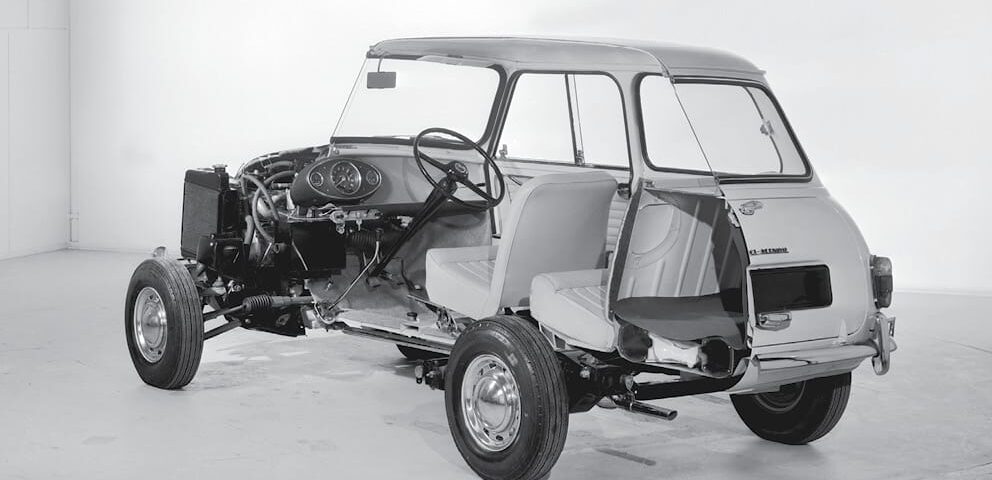
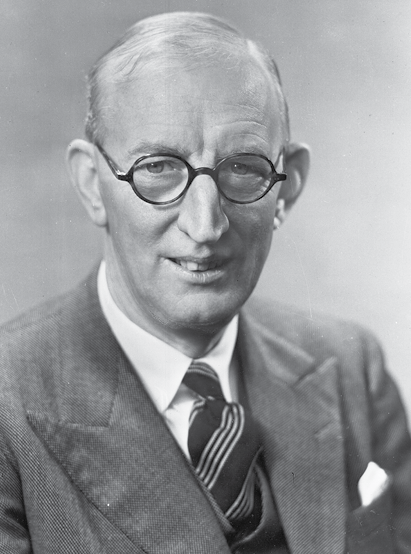
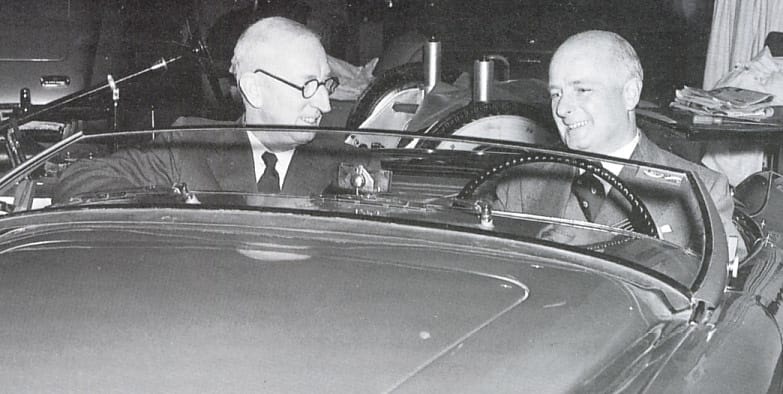
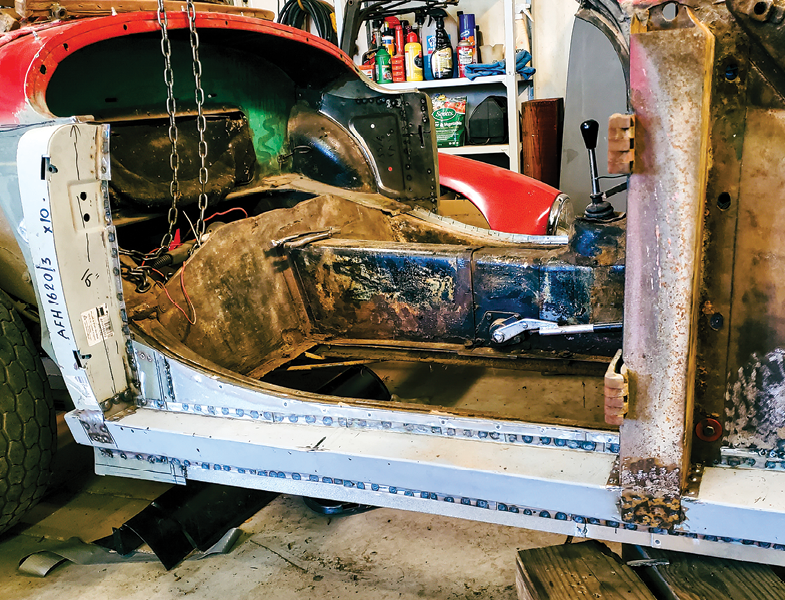
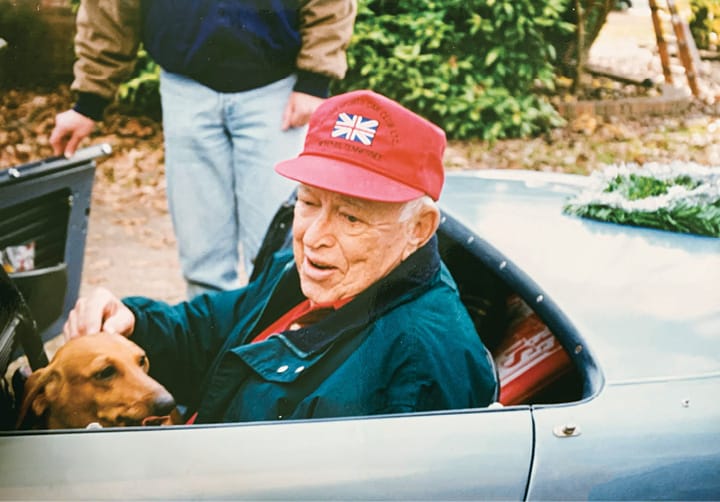
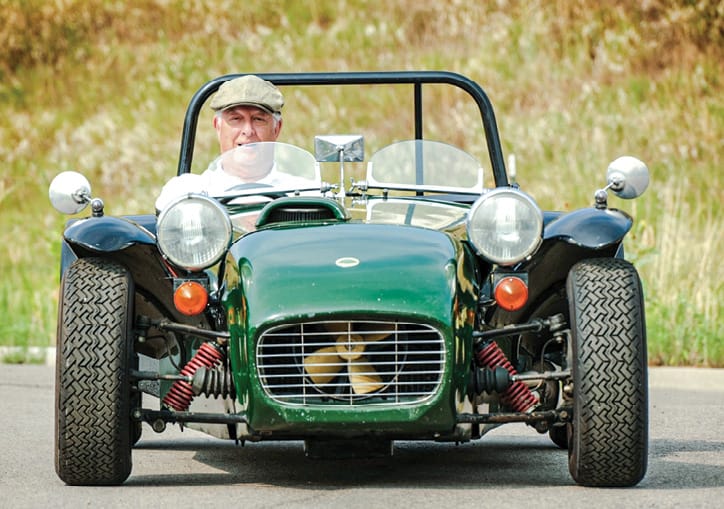
'Sir Leonard Lord BMC’s Chairman' has no comments
Be the first to comment this post!